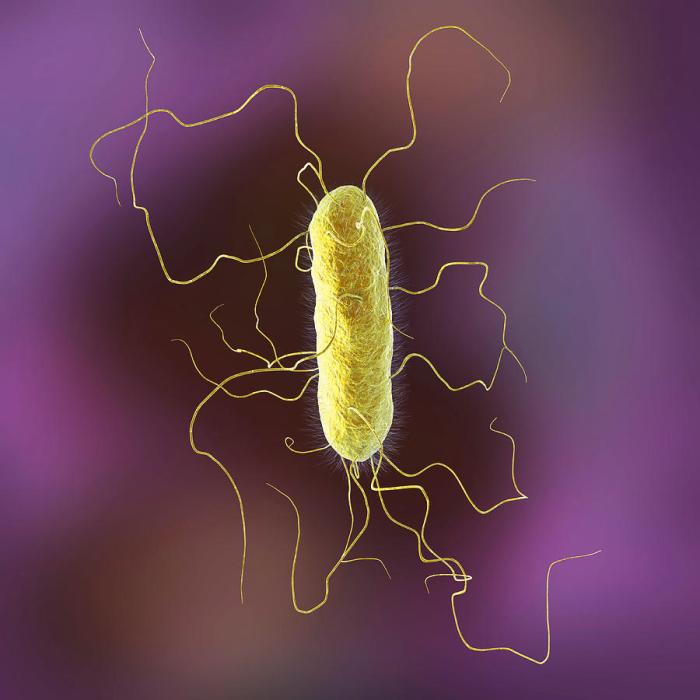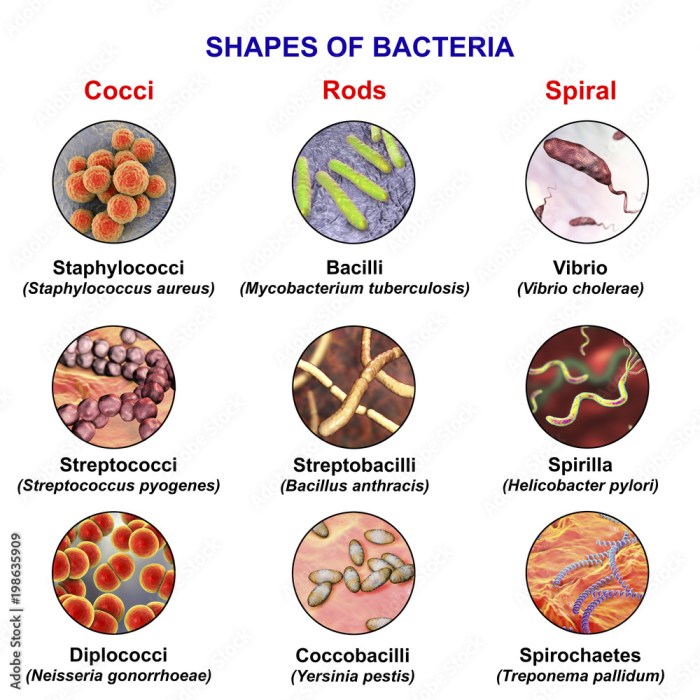The chemoheterotroph Proteus vulgaris is a rod-shaped bacterium classified within the family Enterobacteriaceae, renowned for its remarkable adaptability and clinical significance. This bacterium exhibits a unique combination of metabolic capabilities, virulence factors, and antimicrobial resistance mechanisms, making it a subject of great interest in the field of microbiology.
Proteus vulgaris is characterized by its rod-shaped morphology, Gram-negative nature, and chemoheterotrophic metabolism, utilizing various organic compounds as carbon sources. Its flagella enable efficient nutrient acquisition and swarming motility, while the production of urease contributes to its role in urinary tract infections.
Classification and Characteristics

Proteus vulgaris is a Gram-negative, rod-shaped bacterium belonging to the family Enterobacteriaceae. It is classified under the following taxonomic hierarchy:
- Phylum: Proteobacteria
- Class: Gammaproteobacteria
- Order: Enterobacterales
- Family: Enterobacteriaceae
- Genus: Proteus
- Species: Proteus vulgaris
Proteus vulgaris has a rod-shaped morphology, typically measuring 1-3 μm in length and 0.4-0.6 μm in width. It is highly motile, possessing numerous peritrichous flagella that enable it to swarm and navigate its environment.
As a Gram-negative bacterium, Proteus vulgaris has a cell envelope composed of an outer membrane, periplasmic space, and inner membrane. The outer membrane contains lipopolysaccharides, which contribute to the bacterium’s pathogenicity and antibiotic resistance.
Metabolic Capabilities

Proteus vulgaris is a chemoheterotroph, meaning it obtains energy from the oxidation of organic compounds and uses carbon sources for growth. It can utilize a wide range of substrates, including glucose, lactose, maltose, and amino acids.
The flagella of Proteus vulgaris play a crucial role in nutrient acquisition. They enable the bacterium to move towards nutrient-rich environments and form swarms, which enhance its ability to colonize and exploit resources.
Proteus vulgaris produces urease, an enzyme that hydrolyzes urea to produce ammonia and carbon dioxide. Urease is a significant virulence factor in urinary tract infections, as it raises the pH of the urine, promoting the formation of struvite crystals and kidney stones.
Pathogenicity and Clinical Significance: The Chemoheterotroph Proteus Vulgaris Is A Rod-shaped Bacterium Classified With

Proteus vulgaris is an opportunistic pathogen, primarily associated with hospital-acquired infections, particularly in immunocompromised individuals. It can cause a range of infections, including urinary tract infections (UTIs), wound infections, and sepsis.
Proteus vulgaris employs various virulence factors to cause disease. These include fimbriae, which facilitate attachment to host cells, and proteases, which degrade host tissues. The bacterium can also form biofilms, which protect it from host defenses and antibiotics.
UTIs caused by Proteus vulgaris are often characterized by the formation of struvite crystals and kidney stones, due to the production of urease. Wound infections can lead to tissue necrosis and abscess formation. Sepsis, a life-threatening condition, can occur when the bacterium enters the bloodstream and spreads throughout the body.
Epidemiology and Antimicrobial Resistance

Proteus vulgaris is widely distributed in the environment and can be found in soil, water, and sewage. It is a common cause of hospital-acquired infections, particularly in urology and intensive care units.
Proteus vulgaris has developed resistance to a wide range of antibiotics, including penicillins, cephalosporins, and aminoglycosides. This resistance is primarily mediated by the production of beta-lactamases, which break down beta-lactam antibiotics, and efflux pumps, which expel antibiotics from the cell.
The emergence of antimicrobial resistance in Proteus vulgaris poses a significant challenge in the treatment of infections caused by this bacterium. Alternative antibiotics, such as carbapenems and fluoroquinolones, are often required to combat resistant strains.
Top FAQs
What is the clinical significance of Proteus vulgaris?
Proteus vulgaris is an opportunistic pathogen commonly associated with hospital-acquired infections, particularly urinary tract infections, wound infections, and sepsis.
How does Proteus vulgaris cause disease?
Proteus vulgaris employs various virulence factors to cause disease, including the production of urease, which contributes to the formation of struvite stones in the urinary tract, and the ability to form biofilms, which enhance its resistance to antibiotics and immune defenses.
What are the mechanisms of antimicrobial resistance in Proteus vulgaris?
Proteus vulgaris has developed several mechanisms of antimicrobial resistance, including the production of beta-lactamases, which break down penicillin-based antibiotics, and efflux pumps, which expel antibiotics from the cell.